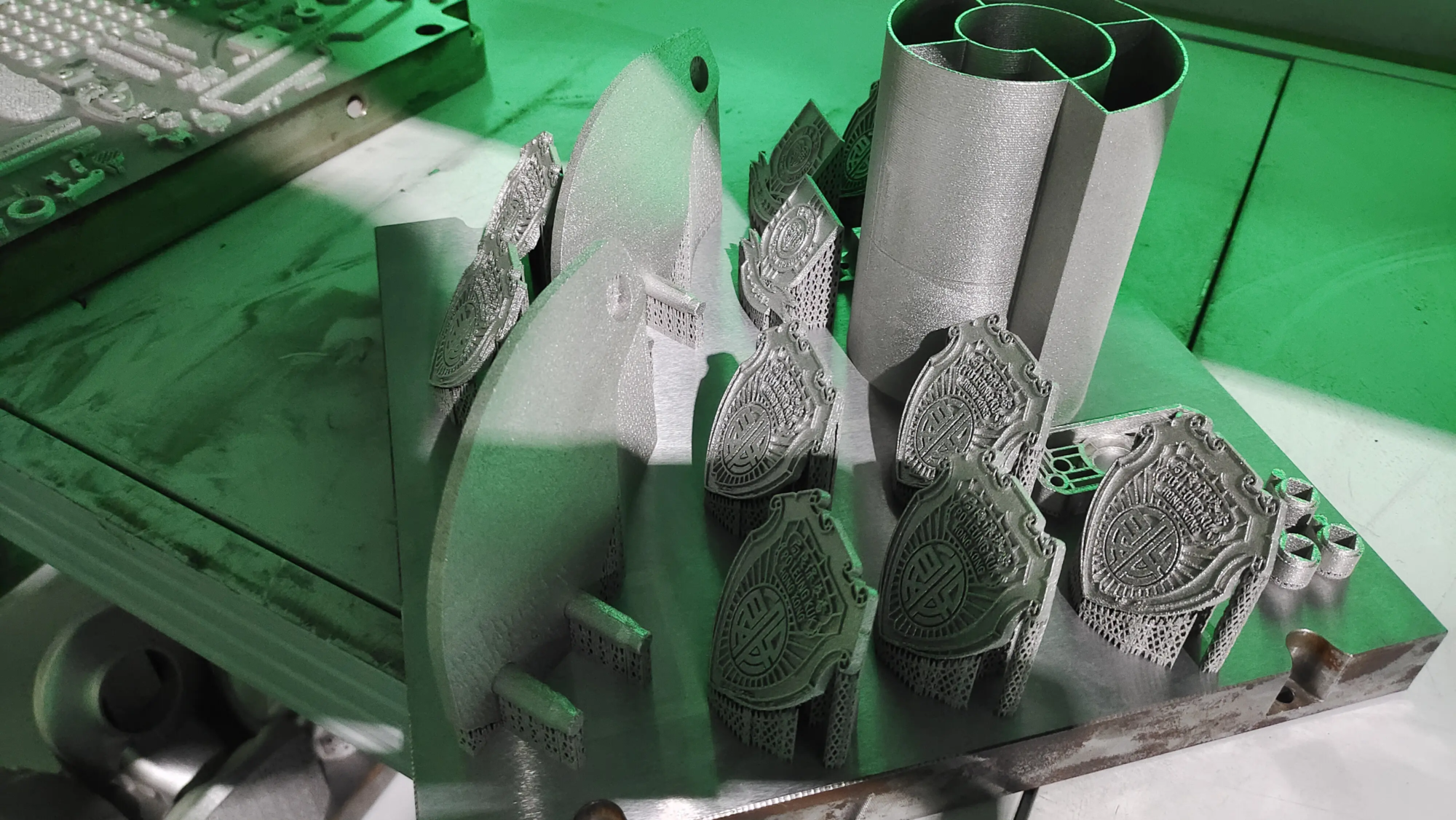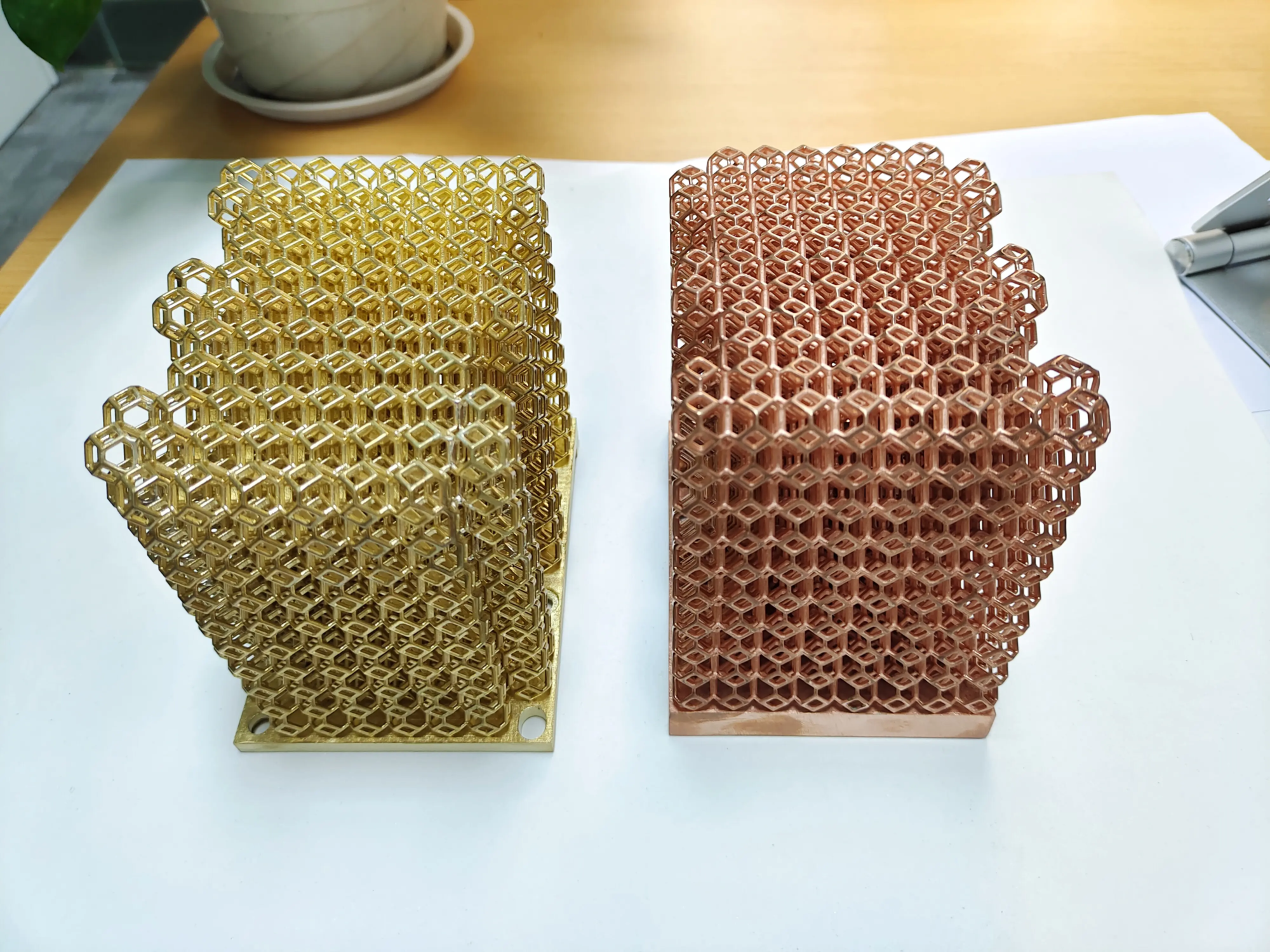Recently, a technician named “etinaude” shared on the Reddit community an innovative method for “ironing” non-flat surfaces during the 3D printing process. In addition, the “enthusiastic” engineer also disclosed the open source code of the technology and attached a detailed instruction manual.
In the field of Fused Deposition Manufacturing (FDM) 3D printing, heat-sealing technology is a relatively new process that has only become popular in recent years. Its working principle is to obtain a smooth surface by sliding a heated nozzle over the flat printed surface without extruding any material. The heat generated by the nozzle is similar to the effect of an iron, making the printing surface flatter and smoother. Currently, this function has been applied in popular 3D printing slicing software, including UltiMaker Cura, PrusaSlicer, BambuStudio, OrcaSlicer, etc.
However, this technology currently only works on flat surfaces and cannot handle curved or inclined surfaces.
Existing solutions for smoothing inclined or curved surfaces are limited and ineffective. For example, “adaptive layer thickness” technology can be used to gradually reduce the thickness of each layer based on surface height. Although this method can improve some degree of surface smoothness, the cost represents a significant increase in printing time. Another method is to adjust the printing direction to make the surface as smooth as possible, but the effect of this method is limited.
Moreover, the only effective way at present is through post-processing processes, such as manual polishing or using mechanical vibration equipment or chemical liquids to polish the surface. However, these methods are often time consuming and labor intensive. sometimes damages the model.
Today, the technician proposed a new method to directly print smooth bevels and curved surfaces. Their method cleverly combines heat-sealing technology with a non-flat 3D printing process.
So, what is “non-planar” 3D printing?
Traditional FDM 3D printing is based on the concept of “plane”, that is, each layer is a two-dimensional plane, and then these planes are stacked layer by layer to form an object. Non-planar 3D printing is a method of directly printing three-dimensional surfaces by folding layers.
Non-planar 3D printing technology is very difficult and also faces a key limitation: the extrusion angle cannot exceed the operating range of the nozzle. In flat printing, the nozzle is usually kept at 0 degrees, but if the angle allowed by the nozzle is exceeded in non-flat printing, the nozzle will hit the already printed model, causing the print to fail.
Despite this, the vast majority of FDM 3D printers are capable of non-planar 3D printing to some extent.
The new method is,After printing flat parts of the object, use non-planar toolpaths to process the surface.thus obtaining a smoother surface effect.
Their experiments were based on common desktop 3D printers and used typical PLA materials. After numerous debugging, special software development and repeated testing, the non-flat ironing technology was finally successfully realized.
The effect can be seen visually from their sample prints. To the left is a common inclined surface with obvious step-like stripes; in the middle is the surface processed with non-flat printing process while the right sample is surface processed with iron-on technology based on non-flat printing. See that the surface on the right is extremely smooth.
It’s worth mentioning that if you’re interested, you can upload the code to GitHub to test and improve it.
Here is what the engineer said in summary:
“The experimental results of non-flat ironing are very encouraging; This can be achieved on entry-level material extrusion 3D printers at no additional cost. If this technology is integrated into existing slicing software, it will provide significant benefits. the attractiveness of 3D printers.
It is expected that in the near future, current mainstream slicing software will gradually integrate this function. By then, more users will be able to take advantage of this revolutionary technology to easily achieve higher quality 3D printing effects.





